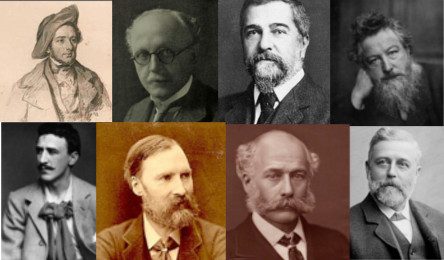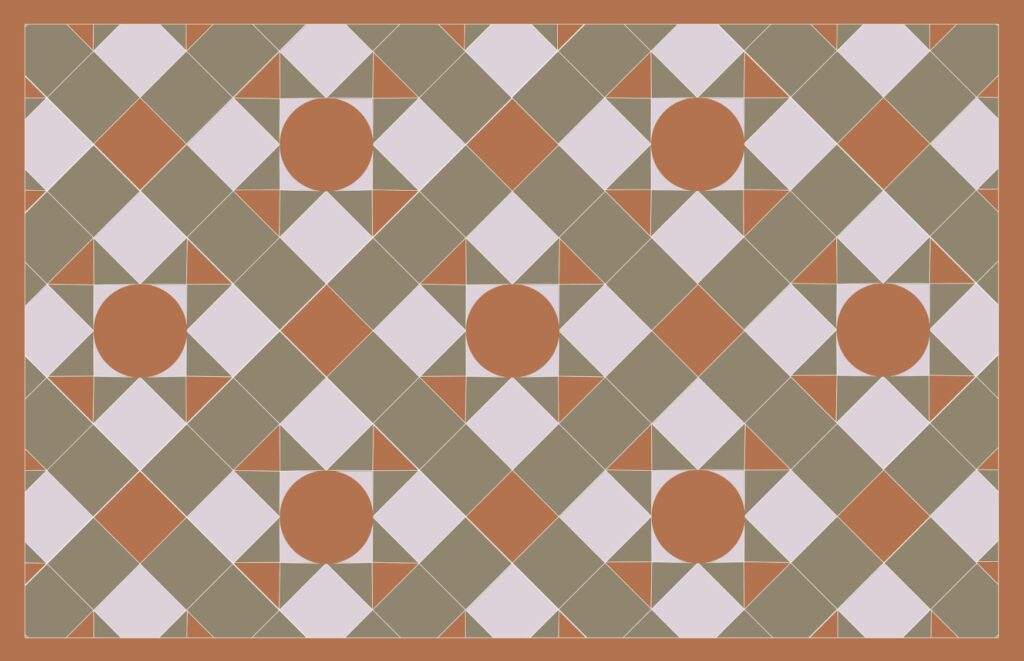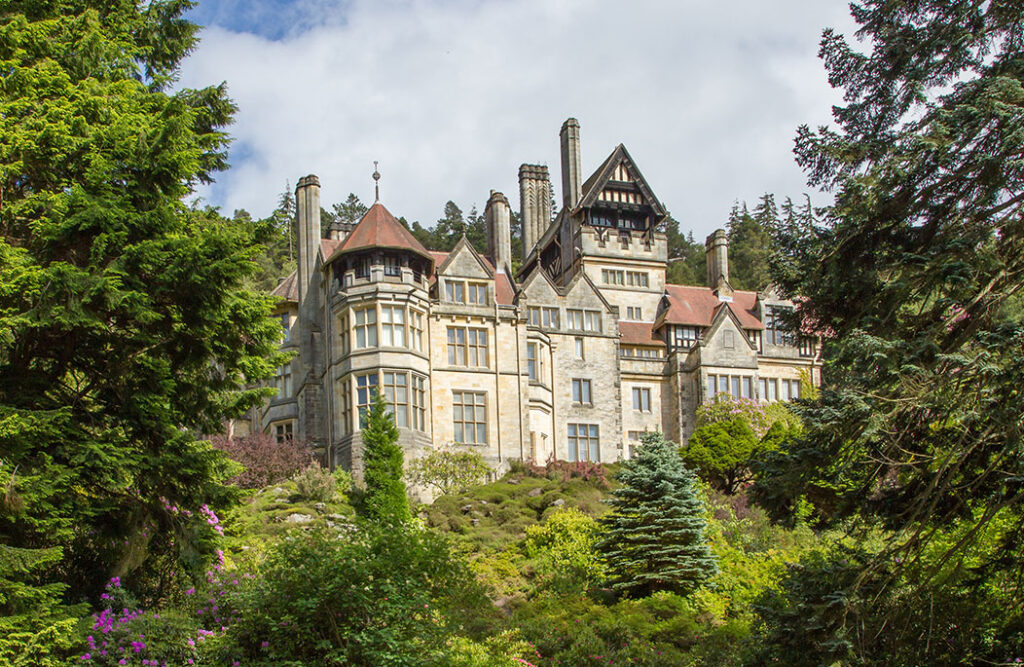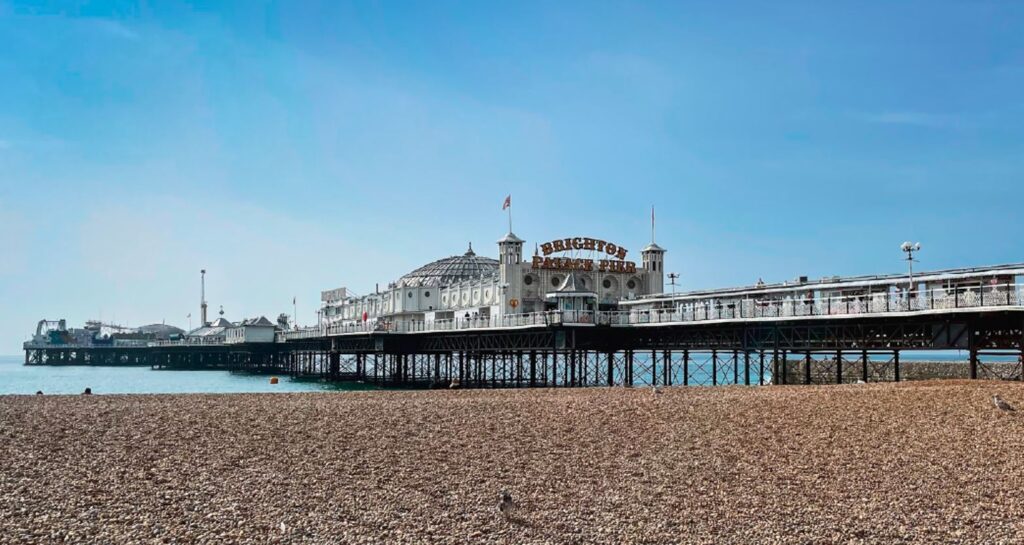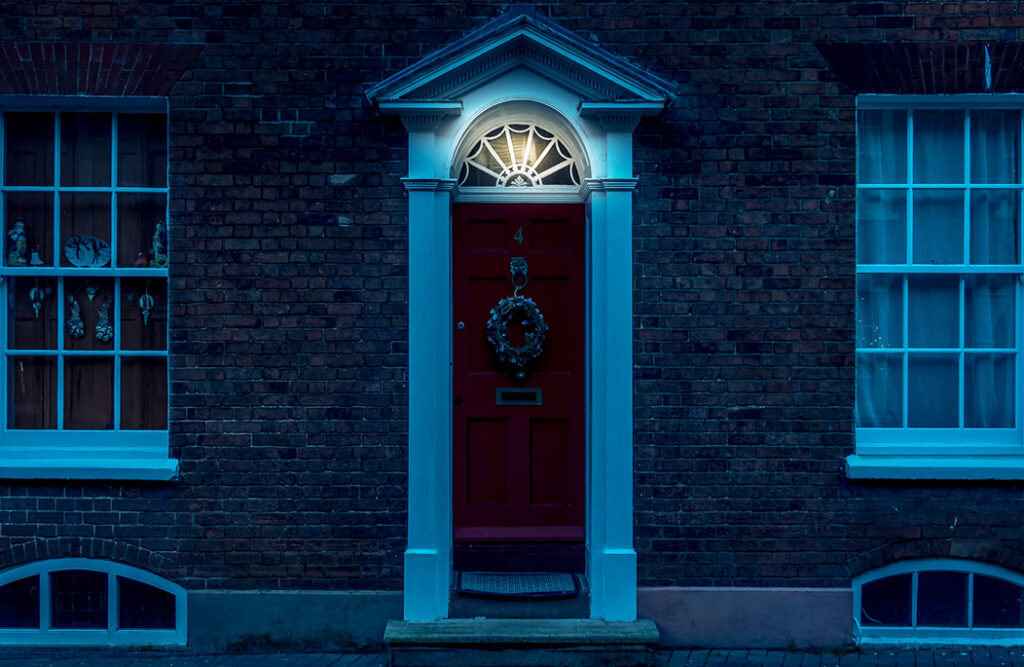Victorian homes come in all shapes and sizes and in a rich mix of styles. There are countless architects, artists, furniture makers, designers and artisan craftsmen who helped develop the look, but here are eight of the Victorian interior designers and architects that we feel left the biggest impression.
1. Edwin L. Lutyens (29th Mar 1869-1st Jan 1944)
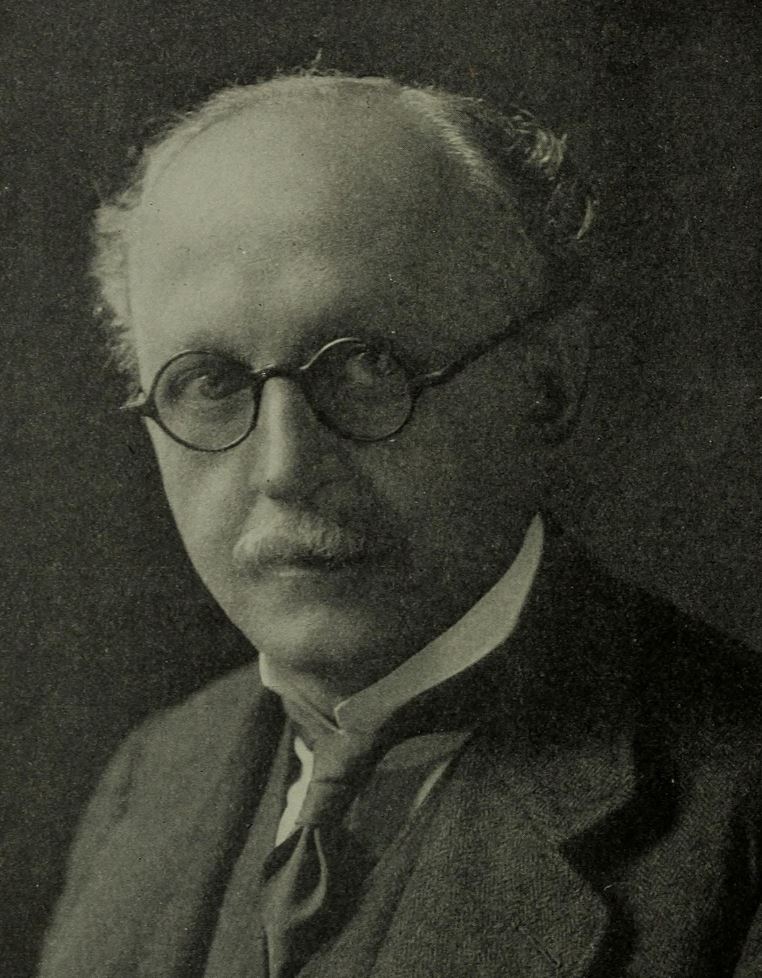
Sir Edwin Landseer Lutyens was an English architect who designed many English country houses, war memorials and public buildings.
In his biography, the writer Christopher Hussey said Lutyens was probably the country’s greatest architect since Christopher Wren. He added many even considered Lutyens to be superior to Wren.
Meanwhile architectural historian Gavin Stamp said Lutyens was “surely the greatest British architect of the twentieth (or of any other) century”.
The bulk of Lutyens’ early work consisted of private houses in an Arts and Crafts style that was strongly influenced by Tudor architecture. This was the most innovative phase of his career. Notable projects in this period include Munstead Wood, Tigbourne Court, Orchards and Goddards in Surrey, Deanery Garden and Folly Farm in Berkshire, Overstrand Hall in Norfolk, and Le Bois des Moutiers in France.
After the turn of the century, he adopted a more conventional Classic style, a change of direction which had a profound influence on wider British architectural practice.
2. Charles Rennie Macintosh (7th Jun 1868-10th Dec 1928)
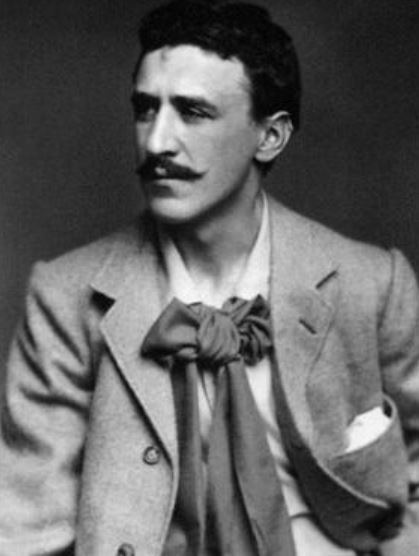
Macintosh was a Scottish architect, designer, water colourist and artist. His work, alongside that of his wife Margaret Macdonald, was influential on European design movements such as Art Nouveau and Secessionism and praised by modernists.
He worked with the Honeyman & Keppie architectural practice where he started his first major architectural project, the Glasgow Herald Building (now The Lighthouse), in 1899.
Around 1892, Mackintosh met fellow artist Margaret Macdonald. He and another student Herbert MacNair – also an apprentice at Honeyman and Keppie – were introduced to Margaret and her sister Frances MacDonald by the head of the Glasgow School of Art who saw similarities in their work. The group worked collaboratively and came to be known as “The Four”.
Mackintosh developed his own style: a contrast between strong right angles and floral-inspired decorative motifs with subtle curves, along with references to traditional Scottish architecture.
The project that helped make his international reputation was the Glasgow School of Art (1897–1909).
3. Louis Comfort TIiffany (Feb 18th 1848-Jan 17th 1933)

Tiffany was an artist and designer who started out as a painter but became interested in glassmaking and worked at several glasshouses in Brooklyn. He is best known for his work in stained glass, which is most associated with the Art Nouveau and Aesthetic movements.
He was affiliated with a prestigious collaborative of designers known as the Associated Artists, which included Lockwood de Forest, Candace Wheeler, and Samuel Colman.
Tiffany designed stained glass windows and lamps, glass mosaics, blown glass, ceramics, jewelry, enamels, and metalwork. He was the first Design Director at his family company, Tiffany & Co, founded by his father Charles Lewis Tiffany.
In 1881, Tiffany planned the interior design of the Mark Twain House in Hartford, Connecticut, and in 1882, President Chester Alan Arthur refused to move into the White House until it had been redecorated. Tiffany was commissioned to do the job.
His work remains incredibly popular, very sought after and frequently copied.
4. William Morris (24th Mar 1834-3rd Oct 1896)
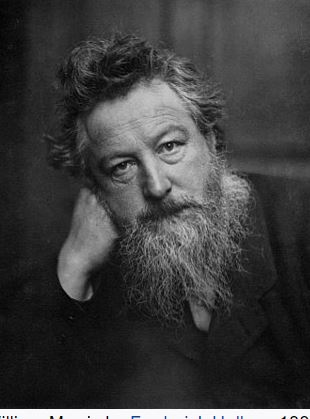
Morris was a designer, poet, novelist, translator, and socialist activist associated with the British Arts and Crafts Movement.
He was a major contributor to the revival of traditional British textile arts and methods of production. His literary contributions helped establish the modern fantasy genre, and he still found time to play a significant role in promoting the socialist movement.
Morris trained as an architect and developed close friendships with Pre-Raphaelite artists Edward Burne-Jones and Dante Gabriel Rossetti and Neo-Gothic architect Philip Webb.
Webb and Morris designed Red House in Kent where Morris lived from 1859 to 1865. In 1861, he founded Morris, Marshall, Faulkner & Co., a decorative arts firm with Burne-Jones, Rossetti, Webb, and others, which became highly fashionable and was in high demand.
The firm profoundly influenced interior decoration throughout the Victorian period, with Morris designing tapestries, wallpaper, fabrics, furniture, and stained glass windows.
5. John Dando Sedding (13th Apr 1838-7th Apr 1891)
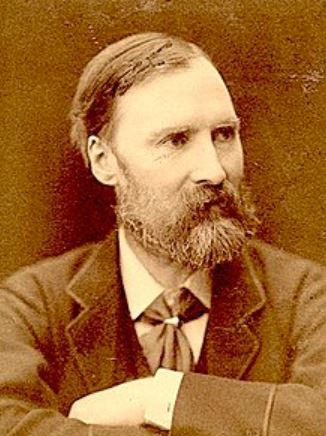
Sedding was an English church architect who worked on new buildings and repair work with an interest in a “crafted Gothic” style.
He was an influential figure in the Arts and Crafts movement, many of whose leading designers, including Ernest Gimson, Ernest Barnsley and Herbert Ibberson, studied in his offices.
His 1889 lecture, “The Architectural Treatment of Gardens”, was influential in the revival of “Jacobean” features such as terraces, covered walks, bowling greens, clipped yew hedges, and topiary, which would combine with “cottage garden” elements in the Arts and Crafts gardens of 1890-1915.
The German architect and critic Hermann Muthesius said that Sedding formed the first bridge between the architects’ camp and that of handicraft proper.
Sedding’s buildings include the London churches of St Augustine of Canterbury, Highgate, London N6, Our Most Holy Redeemer, Clerkenwell, St Peter’s Church, Ealing and Holy Trinity Sloane Street which Sir John Betjeman described as “the cathedral of the Arts and Crafts Movement”.
6. Joseph Bazalgette (28th Mar 1819-15th Mar 1891)

Bazalgette was a 19th-century English civil engineer and his major achievement was the creation of a sewer network for central London. This was instrumental in relieving the city from cholera epidemics while also cleansing the River Thames.
At that time, the Thames was little more than an open sewer, with no fish or other wildlife, and a considerable health hazard to Londoners.
Bazalgette constructed a network of 82 miles of underground sewers to intercept sewage outflows and 1,100 miles of street sewers to intercept the raw sewage which up until then flowed freely through the city’s streets.
When planning the network, he took the densest population, gave every person a very generous allowance of sewage production, and came up with a diameter of pipe needed. He then doubled the diameter of pipe to be used which allowed for an increase in population.
With the original, smaller pipe diameter, the sewer would have overflowed in the 1960s rather than coping until the present day as it has.
7. Thomas Crapper (SEP 1836-27th Jan 1910)
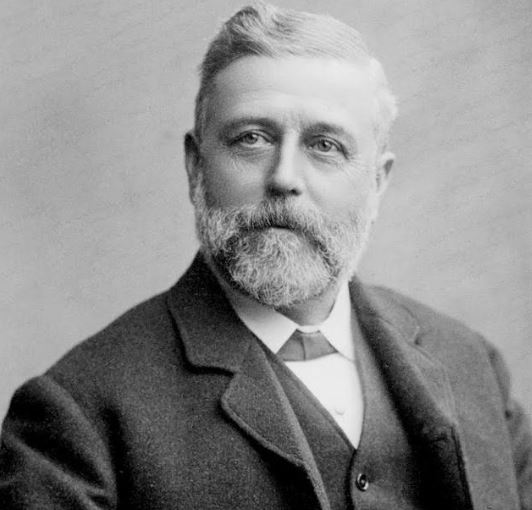
An English businessman and plumber, he founded the sanitary equipment company Thomas Crapper & Co., which held nine patents, three of which were for water closet improvements such as the floating ballcock. He also invented the U-bend.
Crapper was noted for the quality of his products and received several royal warrants. In the 1880s, Prince Edward commissioned him to supply 30 lavatories at Sandringham House in Norfolk.
As the first man to set up public showrooms for displaying sanitaryware, he popularised the notion of installing flushing lavatories in Victorian homes.
Contrary to popular belief, his name did not inspire the slang term for human waste.
The word “crap” is of Middle English origin. Its most likely etymology is a combination of the Dutch “krappen” (to pluck off, cut off, or separate) and the Old French “crappe” (siftings, waste or rejected matter).
The word’s first application to bodily waste, according to the Oxford English Dictionary, appeared in 1846, 10 years after Crapper’s birth.
8. Alexis Benoist SOoyer (4th Feb 1810-5th Aug 1858)
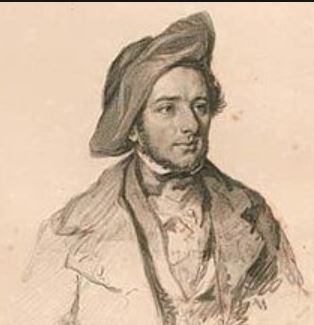
The Frenchman became perhaps the first celebrity chef after he trained in Paris and then moved to London.
He quickly became a favourite of the rich and famous cooking for prominent politicians, royalty and the wealthy, but his popularity was universal.
During the Irish Famine, he established a soup kitchen in Dublin and served thousands of people for free before returning to London to start a similar project for the destitute silk weavers of the East End.
Soyer became famous for innovation – he used a “magic stove” which was a tabletop cooker that allowed him to create “movable feasts”, gave the army advice about how to avoid malnutrition in action during the Crimean War, and pioneered the use of refrigerators cooled by cold water.
His achievements made him the pre-eminent member of the Chef’s Brigade of influential chefs during the Victorian era, an honour often erroneously conferred on another from the period, Georges Auguste Escoffier (whose name gave us the word “scoff” meaning to eat).
Learn more about Victorian homes
To find out more about Victorian style, download the Adrian Flux Victorian Homes ebook for free. It is full of tips on how to create a Victorian style house — even if you live in a new-build home — and advice on where to source original Victorian and reproduction fixtures, fittings, furniture, accessories and art.
Looking to insure your Victorian Home?
Adrian Flux is a specialist insurance compnay offering bespoke cover for all period and Victorian homes. Call 0800 369 8590 got a fast and hassle-free quote.
Our home insurance customers saved an average of 31% in 2021 when taking out a policy with us. See how much you could save by giving us a call.
download the full victorian homes ebook
Download Victorian Homes, a free ebook created by Adrian Flux insurance services. It is full of Victorian house facts, tips on how to create a Victorian style house — even if you live in a new-build home — and advice on where to source original Victorian and reproduction fixtures, fittings, furniture, accessories and art.
